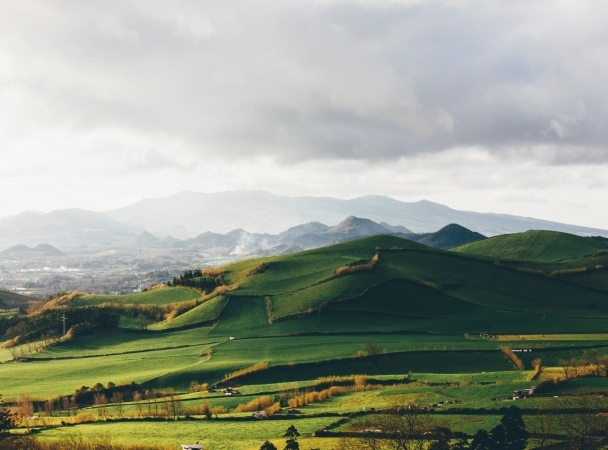
1. Northern Portugal
The north is where it all began, in Guimaraes to be more precise, which is often referred to as the cradle of the nation. Porto is also in the north - the World Heritage city with the famous waterfront, unique architectural traces and where the cellars of the famous Port wine are. With so much to see and discover, it attracts more and more visitors and simultaneously grows with them, having to offer an increasingly higher cultural and gastronomic level.
The Douro river crosses the entire northern region and embellishes all the ravines and mountains with which it intersects. The cruises that are made along this river are one of the symbols of the region, and possibly one of the most romantic things one can do in the country.
For lovers of nature, it is essential to visit Gerês and its natural park of undeniable value. Breathtaking landscapes, with mountains of granite and crystal clear springs, Gerês has been a major tourist destination in Portugal for more than a century.
What to see in Northern Portugal
1/3 Livraria Lello
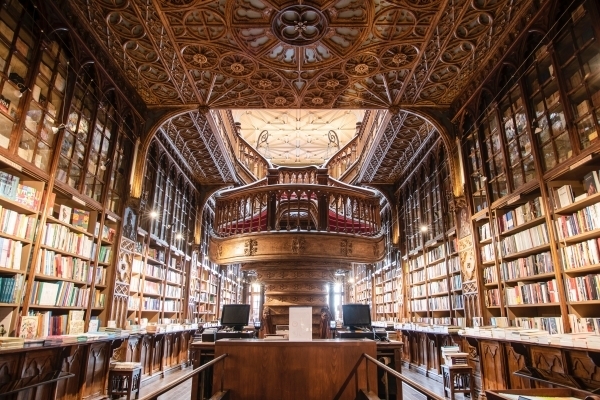
The Harry Potter saga writer, J. K. Rowling, is said to have found inspiration for much of the series' universe in Porto, Portugal. Livraria Lello's staircase does resemble that of Hogwarts castle, doesn't it?
2/3 Passadiços do Paiva
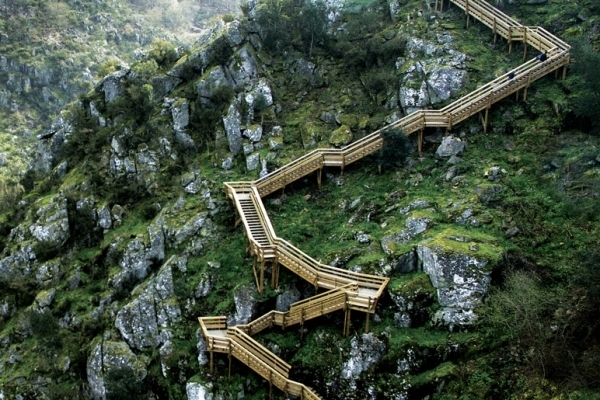
There are eight kilometers of wooden boardwalks surrounded by unique landscapes. The route extends between the river beaches of Areinho and Espieunca.
3/3 Guimarães Castle
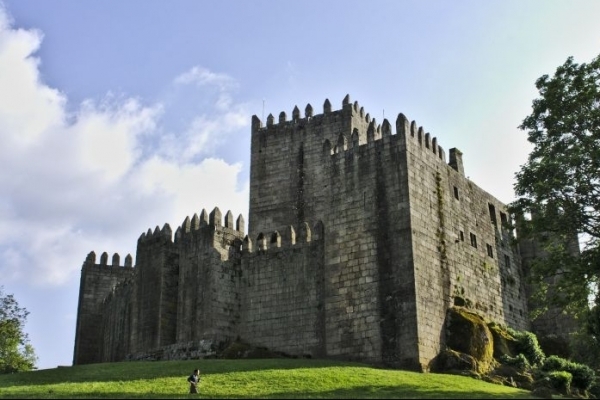
Guimarães Castle, located on Monte Largo, is a monument of great significance for the History of Portugal. It's connected to the Portucalense foundation and the struggles of Portugal´s independence, being called the nation's birthplace.
Click here to see more attractions in the north of Portugal.
2. Central Portugal
In the country's central area you can find typical beach destinations like Nazaré, amazing monuments such as the monasteries of Alcobaça and Batalha or the Convento de Cristo in Tomar and the University of Coimbra. This region, like the rest of the country is full of ancient heritage, which proudly displays the history of the Portuguese people.
It is important to highlight the Schist Villages (Aldeias de Xisto) or the whitewashed houses of villages such as Óbidos - one of the villages that attracts the most visitors to Portugal. Also Coimbra - city of students, with one of the oldest universities in the world, and Aveiro - the Portuguese Venice, which is spread between the lagoon and the sea, have lots of charm and are worth a visit
What to see in Central Portugal
1/3 Leiria
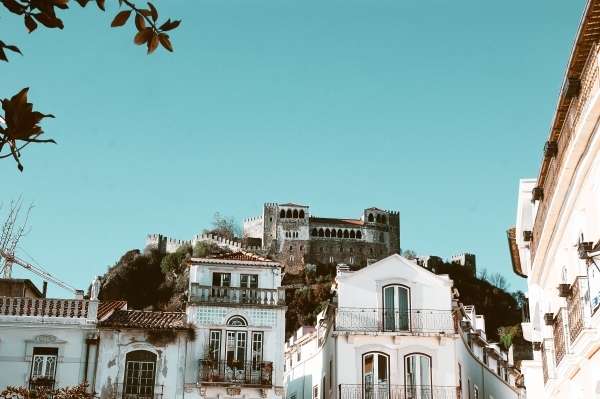
Leiria is one of the most beautiful Portuguese cities, and so is its castle. This cosmopolitan city is located only 20 minutes away from the coast and 1h30min away from Lisbon.
2/3 Biblioteca Joanina
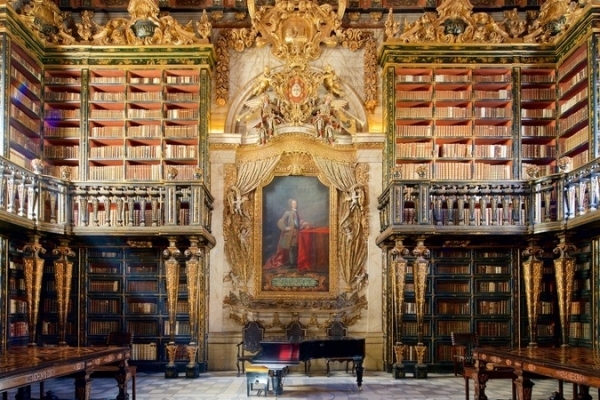
The Biblioteca Joanina Library was built between the years 1717 and 1728 and is one of the most outstanding exponents of the Baroque in Portugal, being one of the richest European libraries. Its name is owed to King D. João V, who sponsored its construction.
3/3 Convento de Mafra
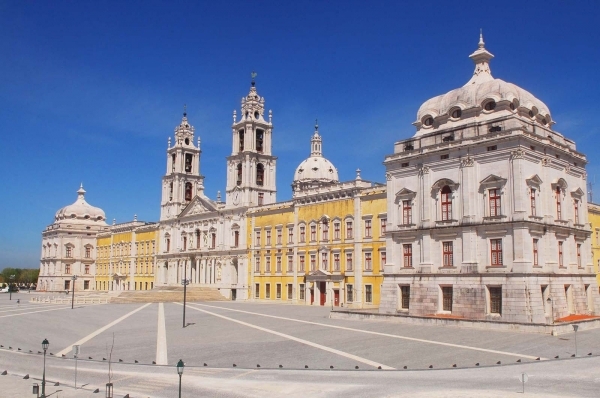
The National Palace of Mafra, also known as Mafra Convent, is a baroque architectural complex formed by a Royal Palace, a Basilica and a Convent. It was built by D. João V and is the most important baroque monument in Portugal.
3. Alentejo
Plains to lose out of sight, dishes for tasting and horses grazing into the valley. This is the idyllic setting in the Alentejo region of Portugal where time seems to stop and give way to enjoy life and the natural rhythm of events.
Typical villages, walls and castles of earlier times, cork trees framing the landscape... No wonder the Alentejo is so dear, not only to Portuguese and also to foreigners. Additionally, this region still has cities like Évora - World Heritage Site, which is known for its wonderful monuments such as the roman Temple of Diana, the church of St. Francis, and the famous Chapel of Bones.
What to see in Alentejo
1/3 Elvas
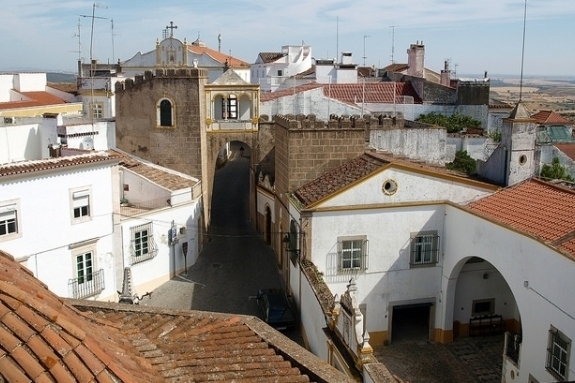
Elvas is a fortified Portuguese city, 8 kilometers away from Spain. Its winding streets are worth getting lost in, especially to get the feeling of what old rural Portugal was like not many years ago. If you are looking for something a little bit more modern, there is a contemporary art gallery that you can't miss.
2/3 Marvão
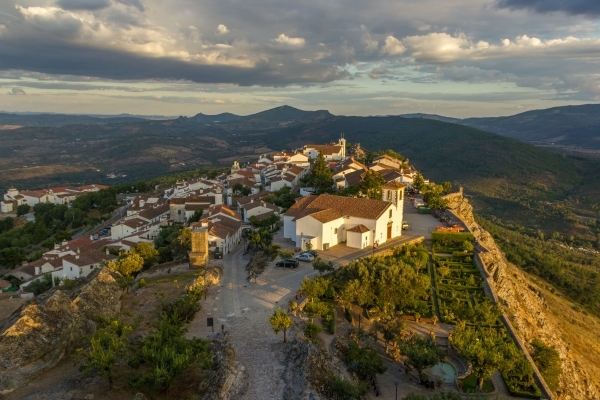
Marvão is a true Portuguese wonder. Located at the top of a steep hill in Alentejo, this village has an unparalelled view over the countryside. Its medieval castle was built towards the end of the 13th century.
3/3 Évora
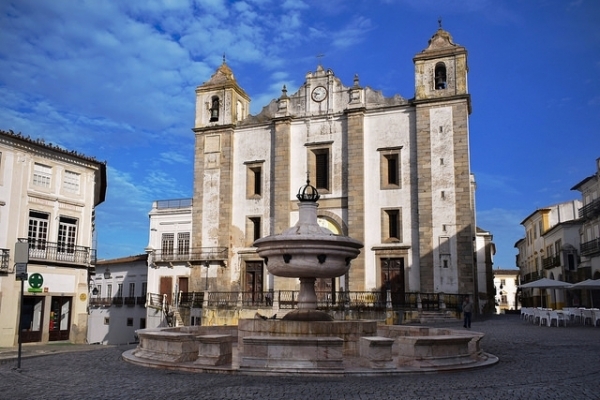
Topped by an imposing cathedral, Évora is laid out over a gently sloping hill rising out of the huge Alentejo plain. It guards its historic centre with a vast outer wall and represents a valuable cultural legacy that UNESCO has classified World Heritage.
4. Algarve
The Algarve is the most popular region with beachgoers. In fact, no beaches in Portugal are similar to those in the south, its calm and warm waters washing the golden sands. It is no coincidence that they are the most popular beaches in Europe.
In addition to the landscape charms, the Algarve is also distinguished by its cuisine. Fish and seafood are honored as the most outstanding in the region, with dishes such as stew fish, the cataplana clams (cataplana de amêijoas) and xarém de conquilha standing out. Furthermore, confectionery of the Algarve is also much appreciated, using regional ingredients such as the fig, almond and carob.
1/3 Cape São Vicente
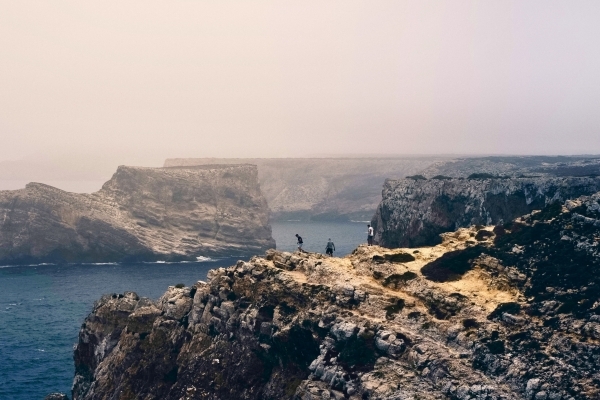
Cape São Vicente is the most southwestern point on the European continent. There's a cliff of approximately 69 meters and it was considered a sacred place in the Neolithic era.
2/3 Church of São Lourenço de Almancil
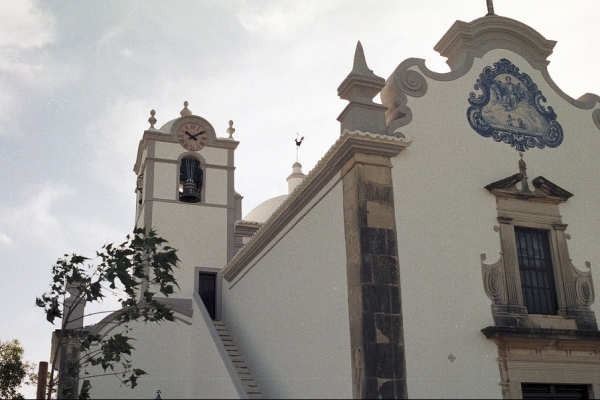
Built in the 18th century, the Church of São Lourenço de Almancil is considered one of the greatest artistic treasures of the south of the country due to its dome lined with blue and white tiles.
3/3 Sagres Fortress
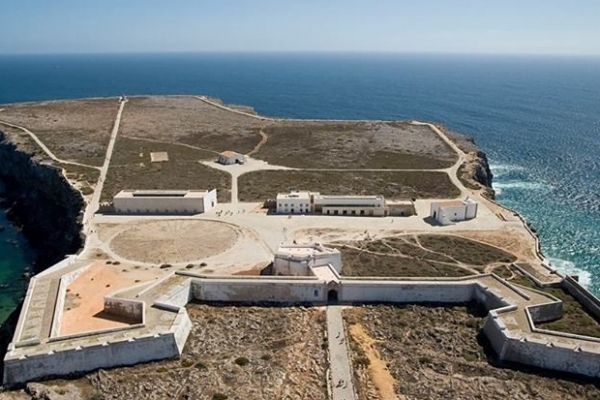
From here, the visitor enjoys a breathtaking panoramic view along the coast, highlighting the coves of Sagres, Cape São Vicente and the Atlantic Ocean.
5. The Azores and Madeira
Speaking of the attractions of the country, we can not leave out the Portuguese Coastal Islands. The Azores archipelago is a true ode to nature with its green and blue landscapes. Whale watching, bathing in the warm thermal waters or enjoying the unique cuisine of the region are some of the activities that the magnificent nine islands of the Azores have to offer.
The islands of Madeira and Porto Santo are an oasis in the middle of the Atlantic, a natural beauty retreat. Two-thirds of the Madeira archipelago is a protected area due to the richness of its territory, where the emerald vegetation is punctuated by exotic colored flowers. The good weather that is felt throughout the year in this archipelago calls for the outdoor activities practice such as water sports or hiking in its routes.
1/2 Lagoa das Sete Cidades (Azores)
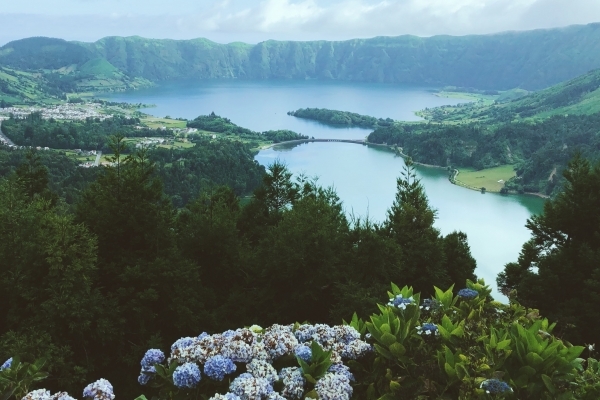
Lagoa das Sete Cidades ("Lagoon of the Seven Cities") is a twin lake situated in the crater of a dormant volcano on the Portuguese archipelago of the Azores. It consists of two small, ecologically different lakes connected by a narrow strait, which is crossed by a bridge.
2/2 Pico Ruivo

Pico Ruivo in Ilha da Madeira is Portugal's 3rd highest mountain. It offers astonishing views from the top, such as the ones in the picture above. If you go to Madeira you sure have to try the hiketo the top because it is one of the most thrilling things you will ever do.



